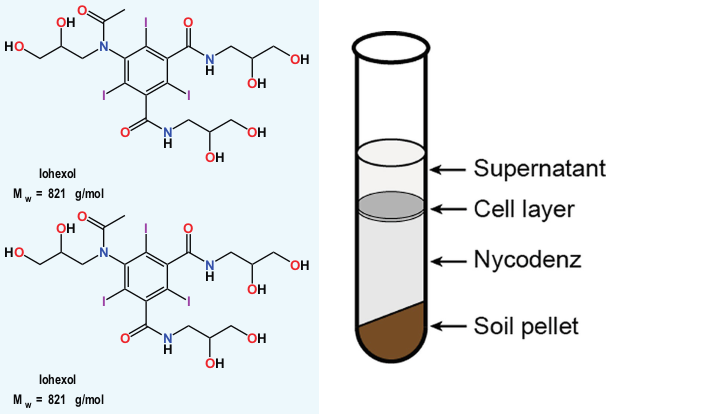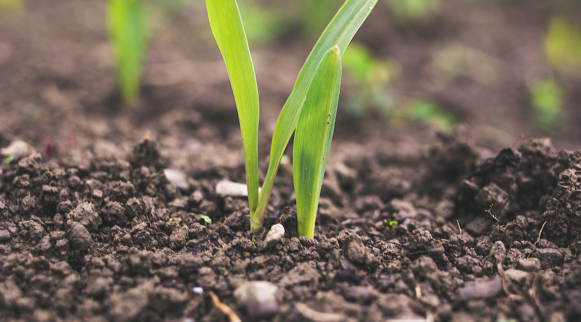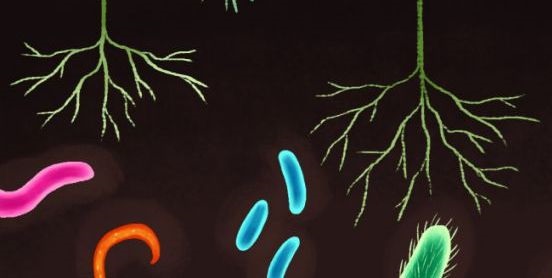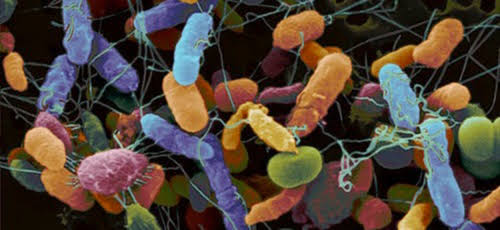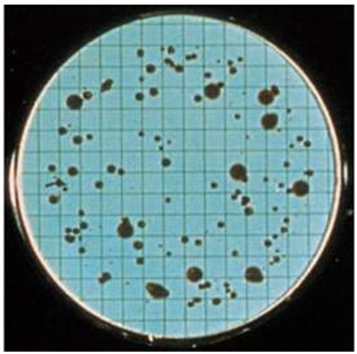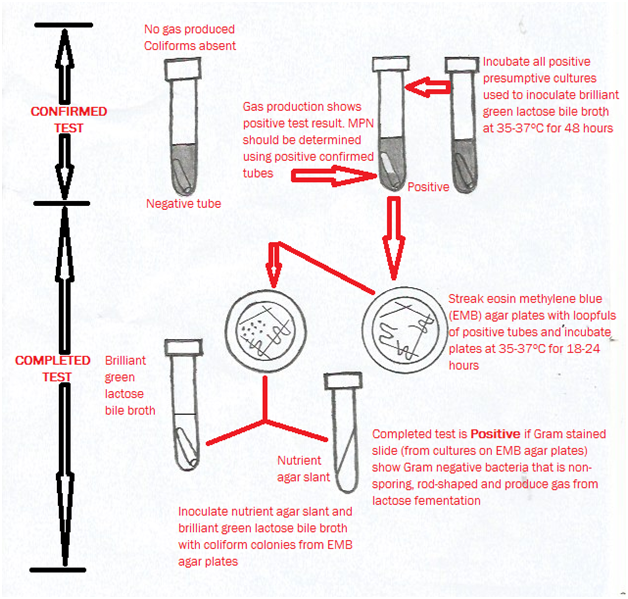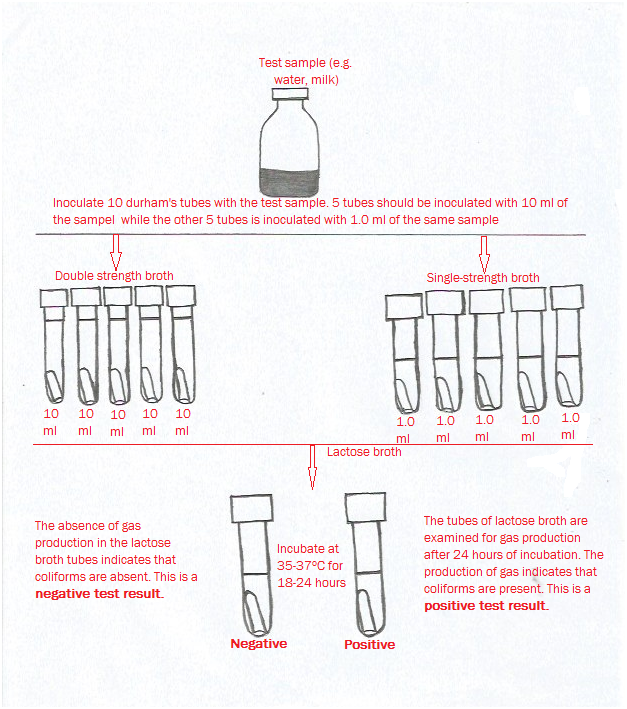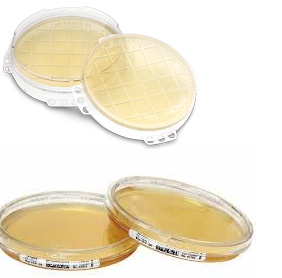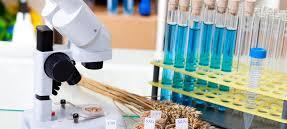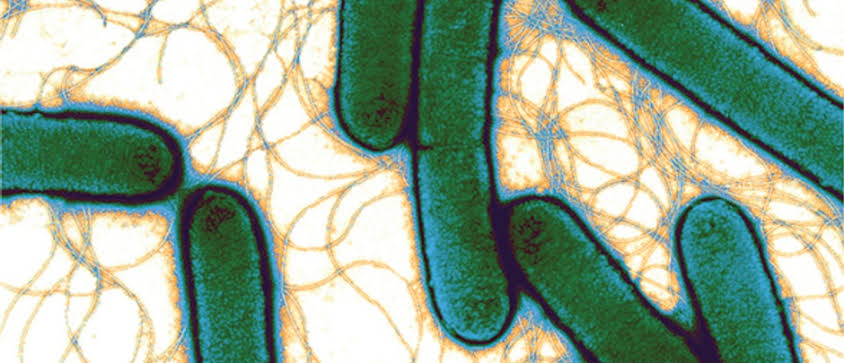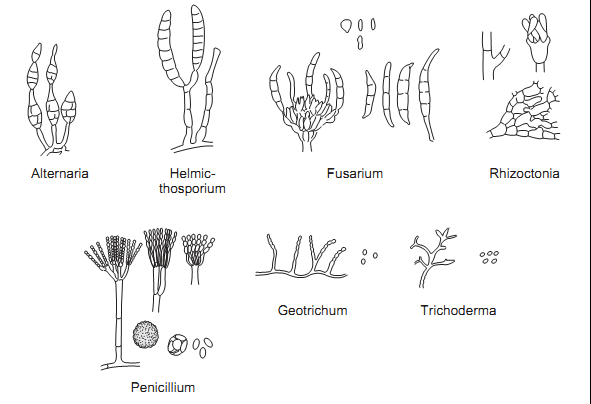What is Nycodenz Nycodenz is a non-ionic, triiodinated radiopaque substance used primarily in molecular biology […]
Category: Environmental & Soil Microbiology
Factors that affect microbial population in the soil
The population of microorganisms in the soil are affected or influenced by many factors […]
Importance of microbial population in the soil
The soil is that part of the earth crust or earth that supports plant life. […]
MICROBIOLOGY OF THE SOIL
Soil is simply defined as the mixture of minerals, organic matter, gases, liquids, and the […]
MEMBRANE FILTRATION TECHNIQUE
Filtration is simply defined as the separation of particles from fluid or liquids by the […]
TEST STAGES OF MPN METHOD
PRESUMPTIVE TEST The presumptive test provides a preliminary estimate of bacterial density present in a […]
MOST PROBABLE NUMBER (MPN) TECHNIQUE
The estimation of the number of microorganisms including bacteria and fungi present in public health […]
INDICATOR ORGANISMS
Indicator organisms are microorganisms that signify the possible contamination of food or food products as […]
MONITORING OF WATER QUALITY
Water quality is defined as the suitability of water to sustain various uses or processes […]
ACTIVE AIR MONITORING
Active air monitoring also involve the use of settle plates or sedimentation culture plates (as […]
PASSIVE AIR MONITORING
Passive air monitoring is usually done using special type of Petri dish plates known as […]
MONITORING OF AIR QUALITY
Air quality is defined as the degree to which the ambient air in a particular […]
QUALITY ASSURANCE
Quality assurance (QA) is a planned and systematic process used for evaluating and monitoring the […]
QUALITY CONTROL
Quality control (QC) is defined as a monitoring system that is used for detecting and […]
MICROBIOLOGY OF LANDFILLS
Untreated municipal solid wastes cause several environmental and health problems including the release of methane […]
Anaerobic Digestion: Principles, Microbial Ecology, and Applications
Anaerobic digestion (AD) refers to the biological breakdown of complex organic materials, particularly those of […]
SIGNIFICANCE OF BIODETERIORATION/BIODEGRADATION
Microorganisms are ubiquitous and they play several roles in the degradation of recalcitrant organic and […]
MICROBIAL DISEASES TRANSMISSIBLE THROUGH THE SOIL
Microorganisms are ubiquitous and are thus found everywhere including the soil. The soil no doubt […]
HOST-PARASITE RELATIONSHIPS (MICROBIAL ASSOCIATIONS)
A host-parasite relationship is an association that exists between two organisms known as the host […]
Environmental Microbiology
Environmental microbiology is the study of microbial processes in the environment, microbial communities and microbial […]
Eugon LT SUP Medium
Eugon LT Sup is a nutritious (broth) medium for detecting and enumerating microorganisms in cosmetics. […]
Exploring Careers in Microbiology: What Microbiologists Do and Where They Work!
A guide to discovering diverse career paths through the world of microbes—from healthcare to climate […]


